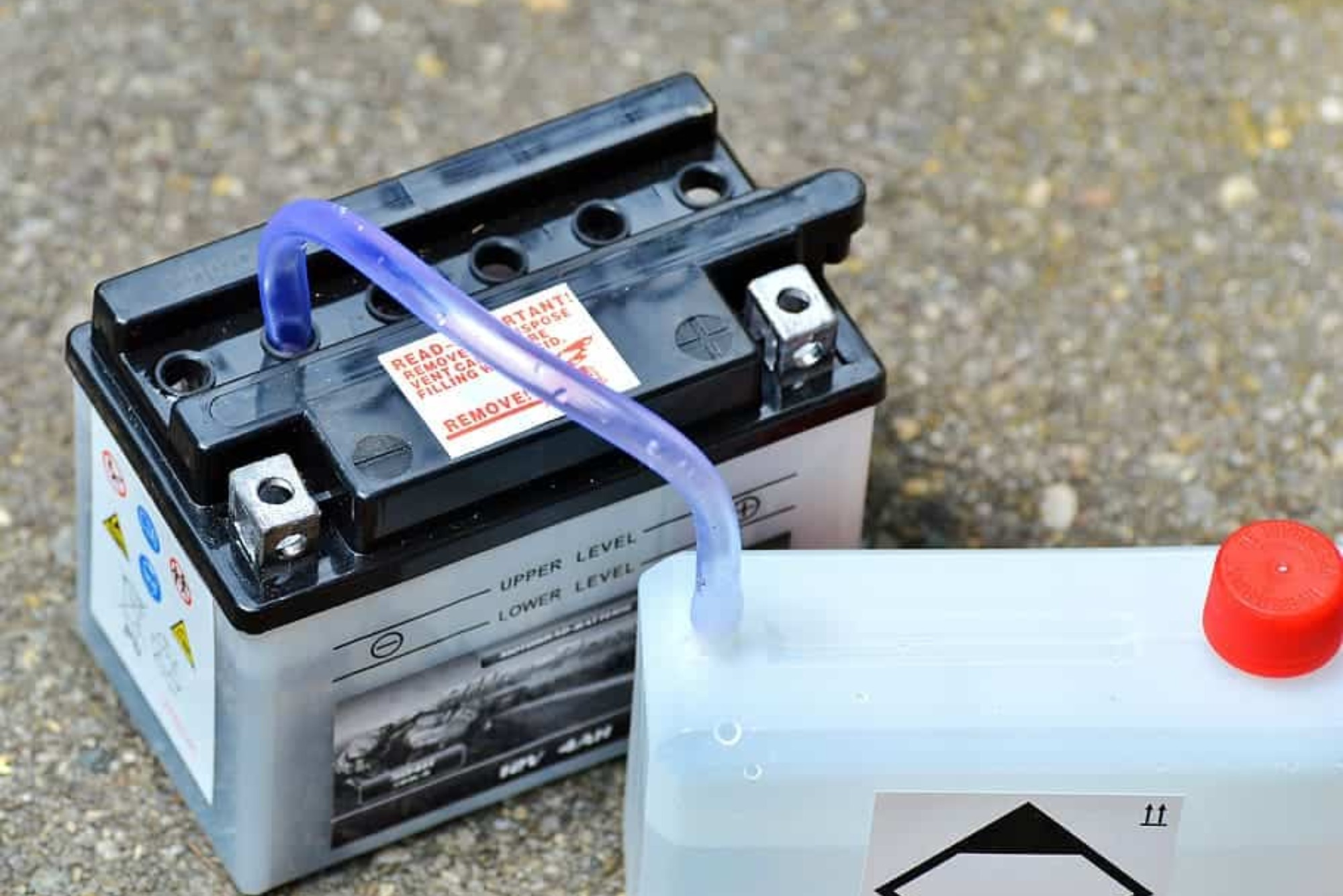Introduction
In the digital world, understanding what is SEO and SEM explained is essential for anyone looking to succeed online. Whether you run a small business or manage a global brand, optimizing your website for search engines can make the difference between success and obscurity. This comprehensive what is SEO and SEM guide will help you understand both concepts in detail, offering practical tips and a complete checklist to improve your digital presence and achieve measurable results.
Understanding What Is SEO and SEM
Before diving into tips and strategies, let’s understand the difference between SEO (Search Engine Optimization) and SEM (Search Engine Marketing). Both are methods to increase a website’s visibility in search results, but they work in distinct ways.
SEO focuses on organic search results. It involves optimizing content, improving site structure, and building backlinks to rank higher naturally on search engines like Google. SEM, on the other hand, is a paid strategy that uses ads to appear at the top of search engine results pages (SERPs). In simple terms, SEO earns traffic while SEM buys it.
When used together, SEO and SEM form a powerful digital marketing combination that ensures consistent visibility, engagement, and growth. Businesses that understand what is SEO and SEM explained can create balanced strategies that maximize both short-term and long-term results.
Why SEO and SEM Matter
Search engines are the primary source of traffic for most websites. People use Google to find information, products, and services. If your business is not visible there, you’re losing valuable opportunities. SEO ensures that your content appears when users search for relevant terms, while SEM helps you reach audiences instantly through paid ads.
Both methods enhance brand awareness, generate qualified leads, and boost conversions. SEM delivers fast visibility, while SEO builds long-lasting authority. Together, they ensure continuous website traffic and business growth.
Key Elements of SEO
On-Page Optimization
On-page SEO refers to everything you can control within your website. This includes using keywords naturally in titles, meta descriptions, headers, and what is seo and sem guide throughout the content. It also involves optimizing images, internal links, and improving page loading speed. Each page should target a specific keyword and provide valuable, well-structured information to users.
Technical SEO
Technical SEO ensures your website is easily crawlable and indexable by search engines. This involves improving site speed, using HTTPS, creating an XML sitemap, fixing broken links, and ensuring mobile responsiveness. Search engines reward websites that are fast, secure, and user-friendly.
Off-Page SEO
Off-page SEO focuses on building authority and trust through backlinks. The more reputable sites link to your content, the higher your site ranks. Social signals, guest blogging, and influencer collaborations also strengthen your site’s credibility.
Content Quality
High-quality, relevant, and helpful content is the foundation of SEO. Write with your audience in mind, not just algorithms. Use a natural tone, clear explanations, and credible information. Update old articles regularly to keep them fresh and accurate.
Key Elements of SEM
Keyword Targeting
SEM campaigns begin with selecting the right keywords. Use tools like Google Ads Keyword Planner to find high-intent keywords with a balance between competition and cost. Focus on terms that indicate strong buying intent, such as “best,” “buy,” or “near me.”
Ad Copy and Design
Your ad copy should be compelling, concise, and action-driven. Highlight unique selling points and include a clear call to action. Use extensions like site links and call buttons to increase click-through rates.
Landing Page Optimization
Even the best ads fail if the landing page doesn’t deliver. Ensure that the landing page matches the ad’s promise, loads quickly, and provides an easy path for users to take action.
Campaign Monitoring
Regularly analyze campaign performance. Track key metrics such as click-through rate (CTR), conversion rate, and cost per acquisition (CPA). Use A/B testing to experiment with different ad copies and landing pages to improve performance.
SEO and SEM Tips for Better Results
Always start with keyword research. Understand what your target audience is searching for.
Maintain consistent branding between your SEO and SEM efforts.
Use long-tail keywords to attract more qualified traffic.
Optimize for voice search by using conversational phrases.
Improve website speed — users leave slow websites quickly.
Keep URLs clean and descriptive.
Create engaging meta descriptions that encourage clicks.
Use analytics tools like Google Search Console and Google Analytics to track performance.
Combine SEO data with SEM results for better insights.
Update your content regularly to stay relevant.
SEO and SEM Checklist
A strong SEO and SEM strategy requires consistency and organization. Follow this checklist to ensure nothing is missed.
-
Perform keyword research and select target phrases.
-
Optimize website titles, headings, and meta tags.
-
Ensure all pages have unique, descriptive content.
-
Build internal and external links.
-
Check site speed and mobile-friendliness.
-
Implement structured data (schema markup).
-
Create and submit an XML sitemap.
-
Set up and monitor Google Analytics and Search Console.
-
Run paid campaigns targeting competitive keywords.
-
Use remarketing to re-engage visitors who didn’t convert.
-
A/B test ad copies, keywords, and landing pages.
-
Track conversions and ROI continuously.
Following this checklist keeps your campaigns organized and effective. Businesses that master both SEO and SEM enjoy sustainable growth and visibility.
Common Mistakes to Avoid
Even experienced marketers make SEO and SEM mistakes that cost them traffic and money. Avoid these common pitfalls:
-
Keyword stuffing or over-optimization
-
Ignoring mobile optimization
-
Not tracking campaign performance
-
Using irrelevant landing pages
-
Focusing only on traffic and not conversions
-
Neglecting technical SEO issues
-
Ignoring user intent when selecting keywords
By addressing these issues early, you’ll improve your campaign performance and protect your online reputation.
Combining SEO and SEM for Maximum Impact
The best results come when SEO and SEM are aligned. Use SEO insights to identify high-performing keywords for your paid campaigns. Likewise, analyze SEM results to find new opportunities for organic content.
For instance, if a keyword performs well in your Google Ads campaign, it’s a sign that people are interested in that topic. You can then create long-form blog posts or product pages optimized for that keyword. This synergy ensures better targeting, higher conversions, and improved ROI.
Businesses that understand what is SEO and SEM explained realize that the two are not competitors but allies. SEO builds long-term authority, while SEM provides instant traffic. Together, they create a powerful growth engine for any brand.
Measuring Success
Success in SEO and SEM isn’t just about ranking or clicks — it’s about conversions and business impact. Track key metrics such as organic traffic, bounce rate, conversion rate, and customer acquisition cost. Use data-driven insights to refine your strategies continuously.
Review analytics weekly to identify trends. If organic traffic increases but conversions drop, review your content and user experience. If paid ads have high CTR but low conversions, improve your landing pages. Regular monitoring ensures constant growth.
Future Trends in SEO and SEM
The digital landscape is evolving rapidly. Voice search, AI-driven personalization, and visual search are changing how people find information online. Businesses must adapt to these trends to stay relevant.
Focus on optimizing for user intent rather than just keywords. Provide fast, mobile-friendly experiences. Invest in high-quality video content and AI-powered analytics tools. The more your strategy evolves with technology, the stronger your online presence will be.
Mastering SEO and SEM is not a one-time task but an ongoing process of learning, testing, and improving. By understanding what is SEO and SEM explained, you can create powerful campaigns that bring consistent traffic and lasting success.
Both SEO and SEM work best when aligned with your business goals. Use this guide and checklist to evaluate your current strategy and identify areas for improvement.
To grow faster, apply these insights, analyze your results, and keep optimizing. For Related resource, visit this page. If you want expert guidance, check out this SEO and SEM guide and learn how to build a strategy that truly performs.
FAQs
1. What is the main difference between SEO and SEM?
SEO focuses on organic search results, while SEM uses paid ads to drive traffic. Both aim to increase visibility on search engines.
2. Can I use SEO and SEM together?
Yes. Combining both gives you short-term visibility from SEM and long-term growth from SEO.
3. How long does it take for SEO to show results?
SEO usually takes three to six months to show noticeable results, depending on competition and content quality.
4. Is SEM better SEO?
Neither is better — they serve different purposes. SEM gives quick results, while SEO builds long-term authority.
5. What tools should I use for SEO and SEM?
Use Google Analytics, Search Console, Ahrefs, and Google Ads for research, tracking, and optimization.





